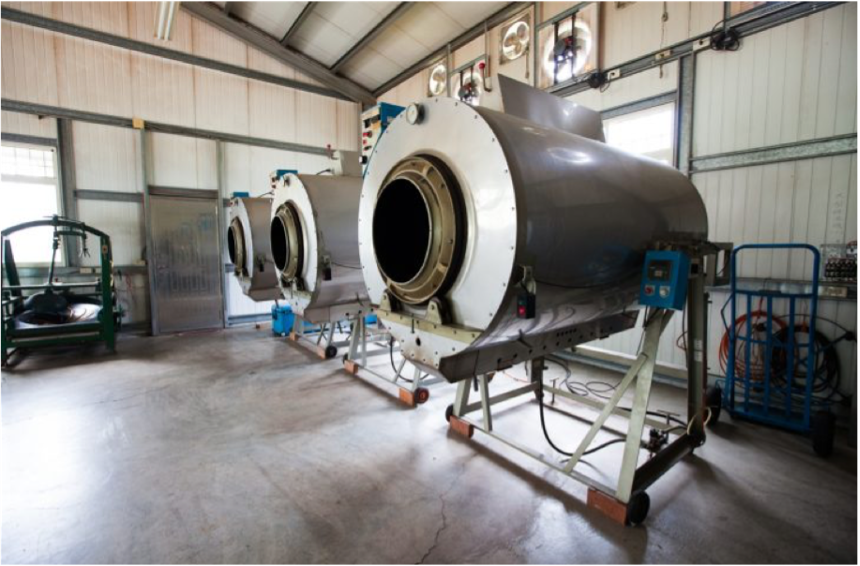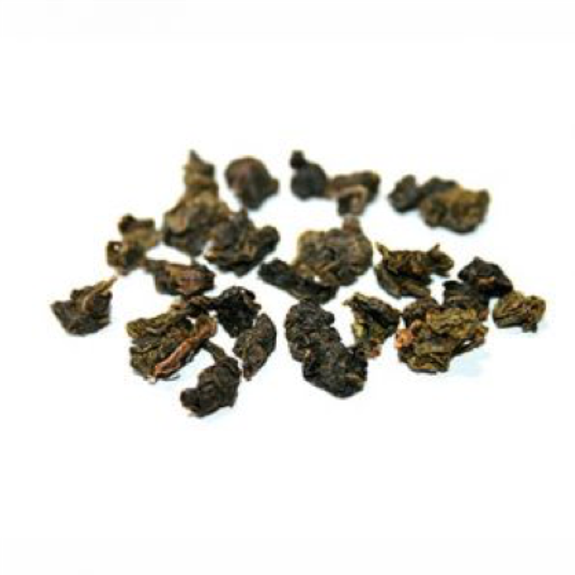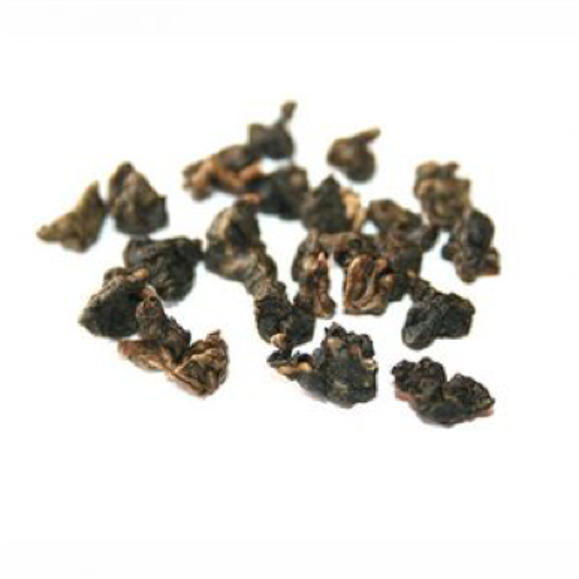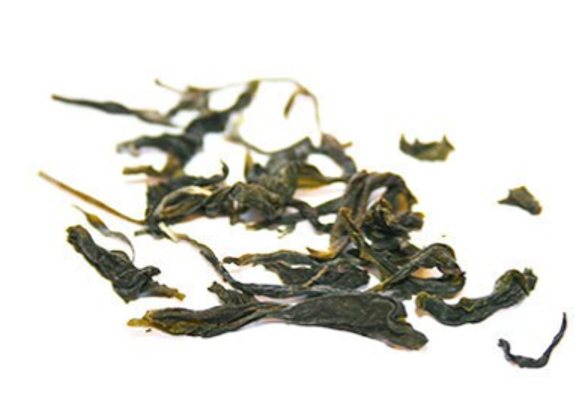Oolong tea, mainly spread in China and Taiwan, is also known as blue tea or quing tea. In Chinese Oolong means Black Dragon. Let’s see together the particularities of this fascinating tea, its flavors and the difference between Oolongs from China and Oolongs from Taiwan.
Difference between oxidized and fermented tea
Oxidized oolong tea
It is often called semi-fermented, although semi-oxidized would be more correct. The processing method is similar to the one of black tea (completely oxidized), however it is stopped before it is completed. It is therefore possible to obtain fermented Oolong in variable percentages, from 15-20% to 60-80%.
The lower the level of oxidization, the higher the similarity, as for taste and properties, with green teas. Vice versa, the higher the level of oxidization, the higher the similarity with black teas. The main production areas are Taiwan (Formosa) and China.
Fermented oolong tea
These teas that have undergone a process of fermentation as well as oxidation. They are unique aging teas.
Often it is used the term Puer (Pu-Er or Pu-Erh) as a synonym for fermented tea. The name comes from the Chinese city of Pu’Er, which is located in the center of one of the most important and vast areas of production of this type of tea. However it should be noticed that not only Pu’Er are fermented, there are also fermented teas coming from other areas of China and therefore having different names.
The method of processing leaves is the most relevant factor in determining the type and quality of the final product. Therefore it is the processing systems which determine the different types of tea and the common characteristics within the same type.
Withering and leaf shuffling

At this stage, the leaves are still spread out on large rack racks to continue with the wilting and dehydration process. This results in a preliminary decomposition of both the physical structure and chemical compounds of the leaves. This process is commonly referred to as “fermentation,” but is more accurately referred to as “oxidation.”

Tea to taste
From China

Tie Guan Yin o Iron Bodhisattva: coming from the city of Gande in Anxi County, it is famous for its floral aroma and long aftertaste. It has a sweet honey note with a hint of floral flavor. 20% oxidation.

Imperial Nai Xiang Oolong: is composed of lightly oxidized Tie Guan Yin, grown high in the mountains of Fujian province in China. The large, slightly oxidized and firmly rolled leaves have an alluringly sweet Oolong, cream and caramel fragrance.
From Taiwan

Wenshan Puchong Baoshong: Slightly oxidized oolong. Wenshan Puchong leaves are heated in rotating drums to stop the oxidation process at 8% – 15%. Known for floral notes, and usually unroasted, it stands somewhere between green tea and Oolong tea. Farmers from Taiwan imported the trees and growing techniques from Fujian during the 19th century.

Qilai High Mountain: cultivated in Nantou,Central Taiwan, in the area of Taichung and Hualian Qilai Mountain. Surrounded by thick fog all year round at about 2000m above sea level, the tea gardens on Qilai Mountain have huge temperature changes between day and night. 20-30% oxidized, rolled.
Low and high altitude
In tea plantations, climate plays an important role in the difference in quality and flavor between low and high altitude tea.
At lower elevations, tea plants grow in a warmer climate with less fog than in the mountains. These lower altitude conditions commonly produce a lower quality tea. Tea leaves are prone to be more astringent and bitter. At higher altitudes, frequent fog, sufficient rainfall and cooler weather make for excellent growing conditions, allowing the chemical balance to produce higher quality teas.
Hand-picked or machine-picked tea

The different harvesting methods used at low and high altitudes also affect tea. Tea plantations at low altitudes, are typically flat, allowing for mechanical harvesting. In contrast, high altitude plantations are steep and craggy, effectively making mechanical harvesting impossible. Therefore the quality of tea grown at high altitudes and harvested by hand, is more valuable.
Infusion Methods: Gun Fu Cha vs Western Infusion Method
Why is multi infusion better for Oolongs?
Teapot or mug are the most used accessories for making any kind of tea. When you are short on time, it is easier and faster to use this method to prepare tea.
Tea however is a bit like wine, therefore it is very important where it comes from, how high it was grown, how mineralized the earth was, how much fog, sun and rain there was in that month of harvesting. How long the leaves have been oxidized, rolled, fermented or roasted and so on…
Many mini infusions are used in order to feel all the nuances and complexity of the aroma.

Want to learn more about Oolong Tea? Discover the Benefits of Oolong Tea.



